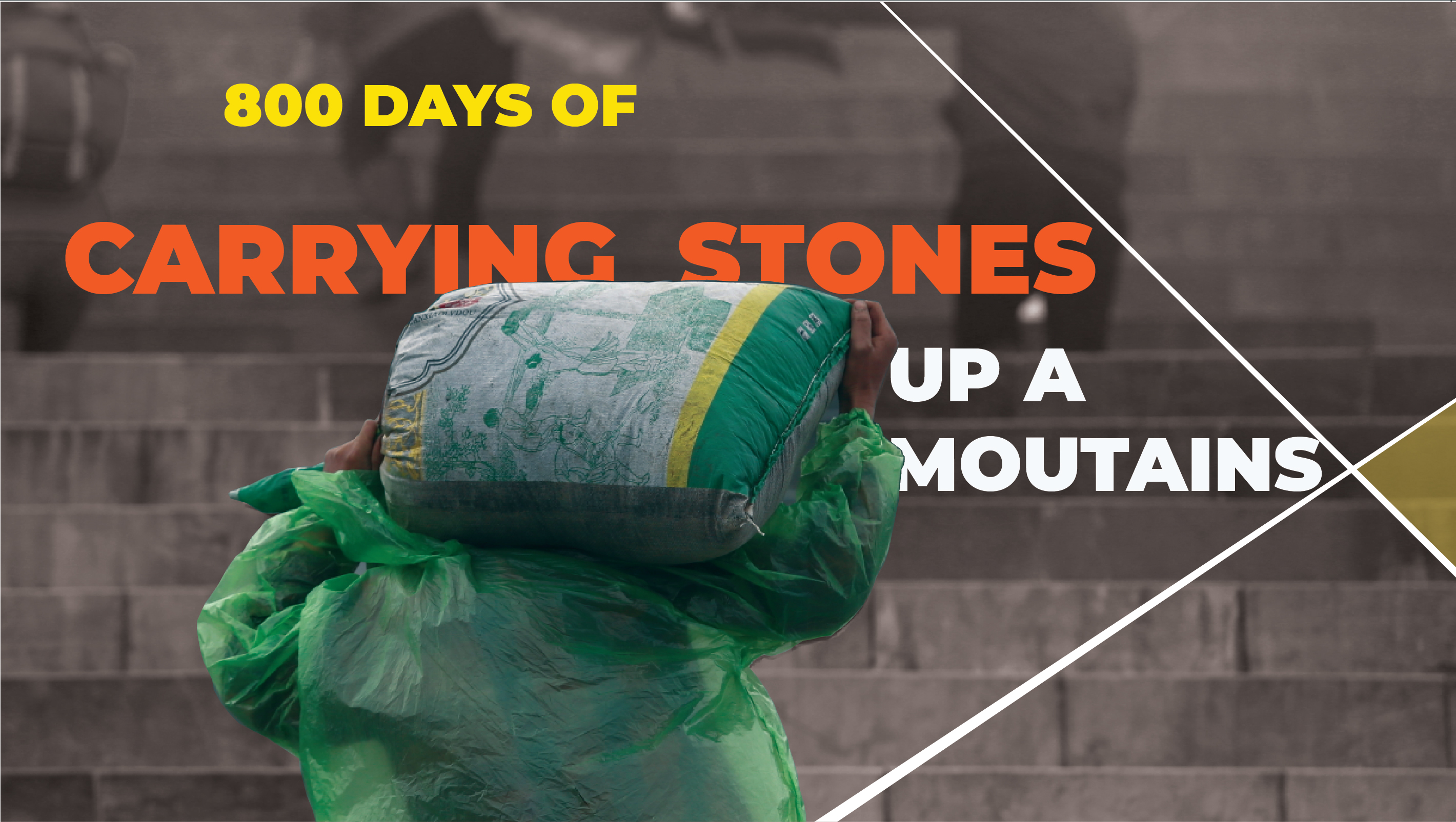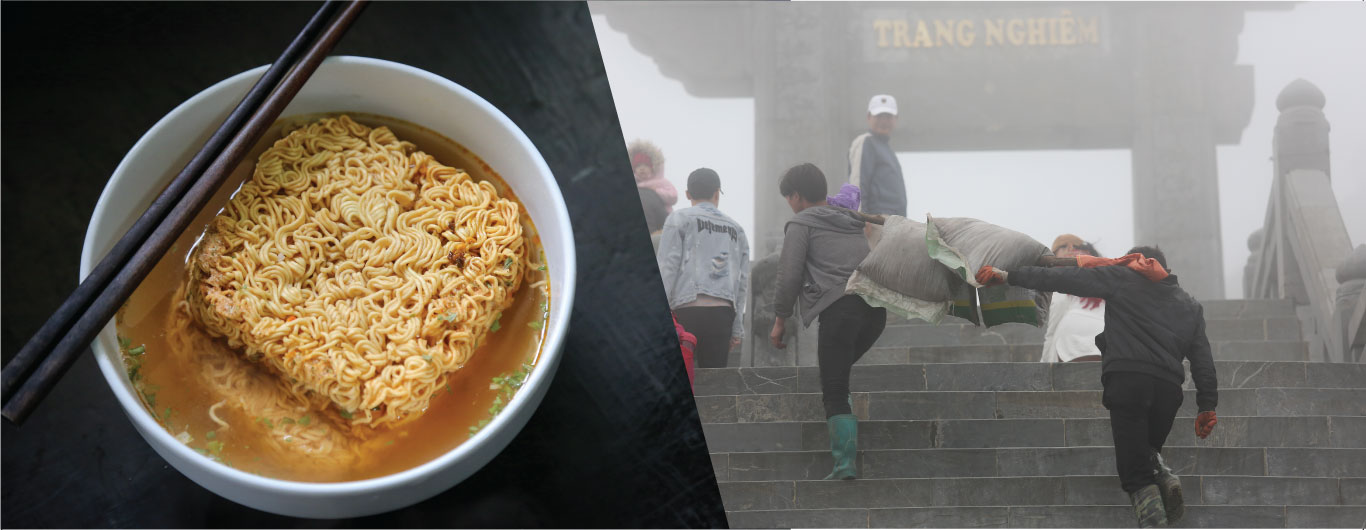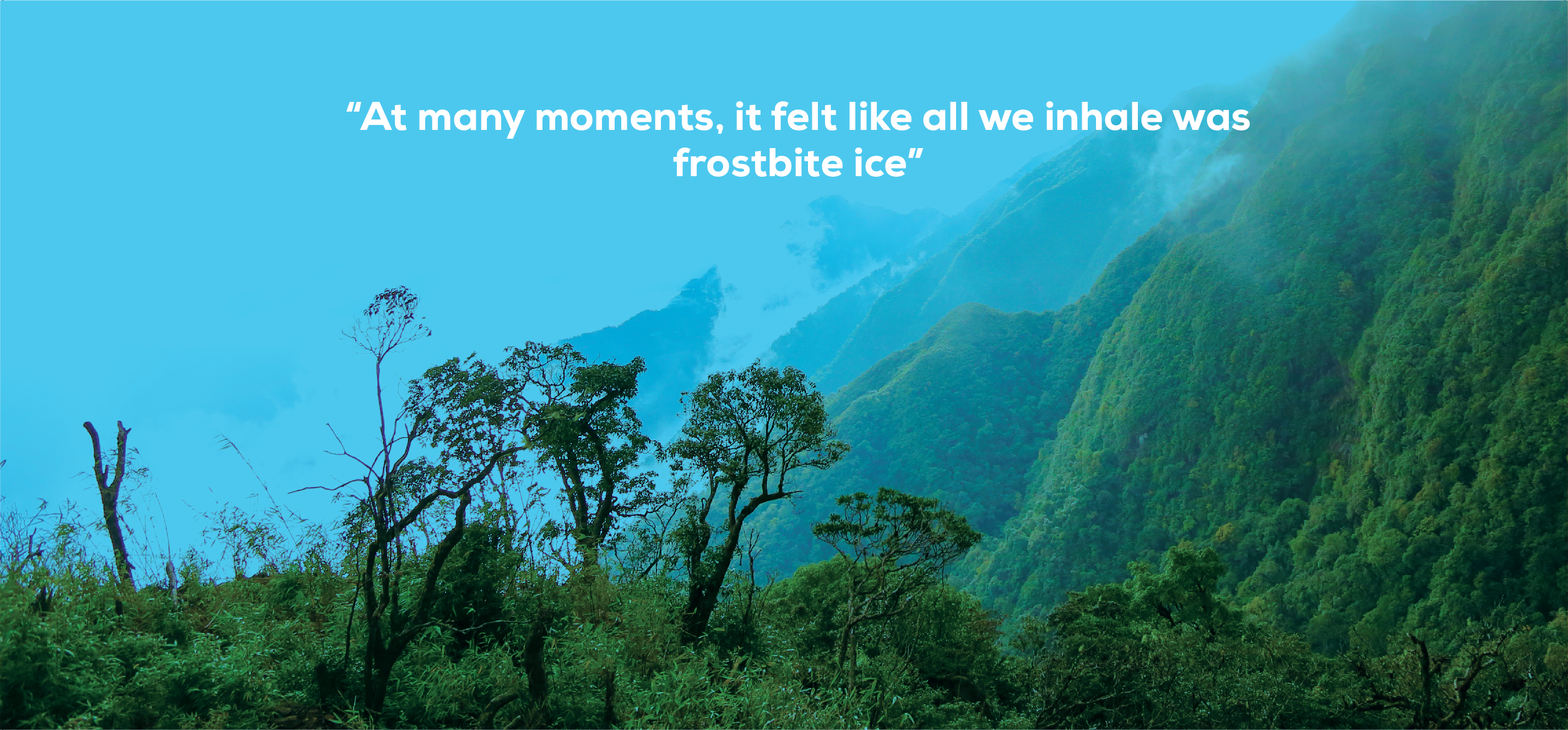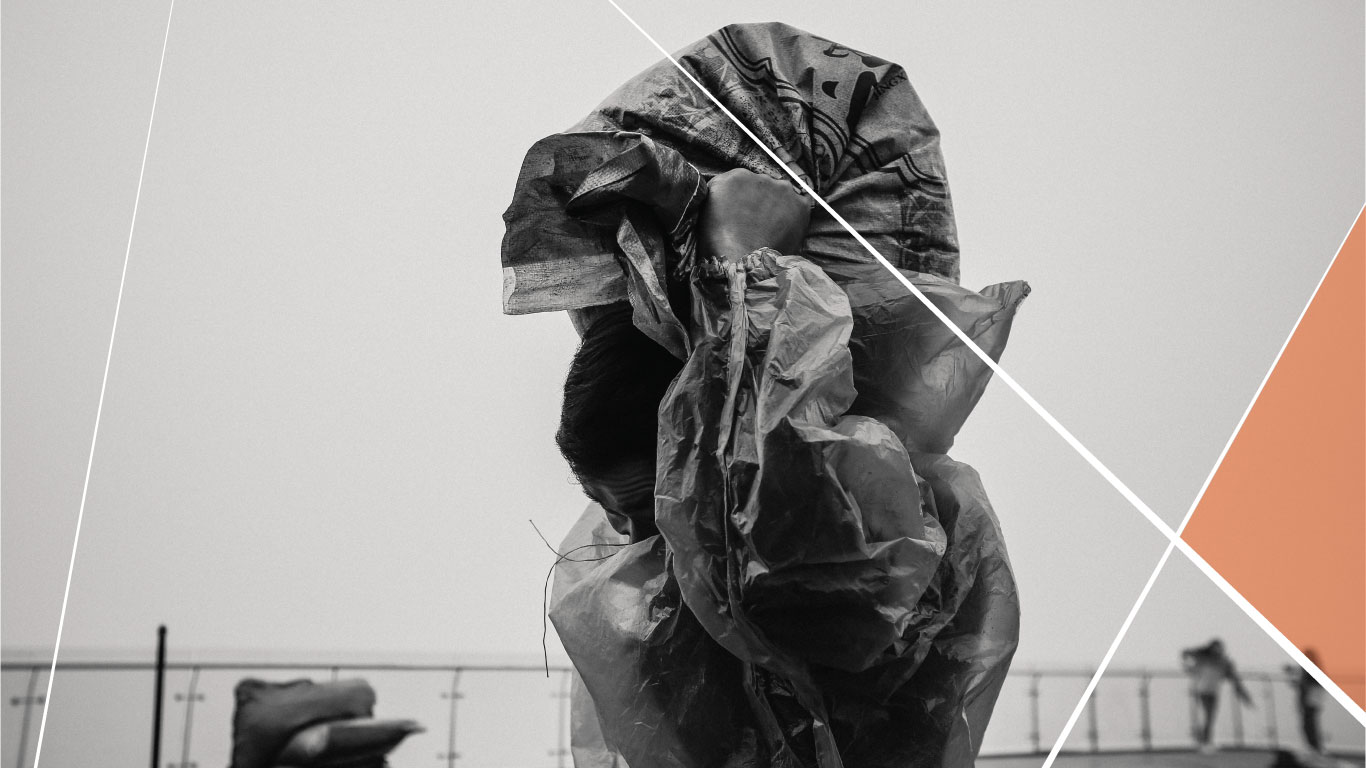In the end, the experts, engineers and workers would spend 800 days in Hoang Lien Forest to install the three-ropeway cable system. This intense challenge of their mental and physical endurance put a severe strain their shoulders, particularly as many of the materials had to be transported manually.
Battling on through
biting cold
At the end of 2013, right after Fansipan cable car project had received full approval, more than 300 engineers and workers moved from Sa Pa Town to set shelters up from the foot of Hoang Lien mountain range all the way to the top.
Nguyen Xuan Hau, the Quang Nam-born architect, had just returned from Australia and had applied to be an interpreter for foreign experts consulting on the project. Following the 300 engineers and workers, Hau trekked into the mountains where he witnessed the most intense phase of the whole cable car installation project in the Muong Hoa Valley.
“The access to construction sites was a real nightmare. Dense jungle. Precipitous slopes. I felt behind after reaching Do (Red) Slope, standing in the middle of the mountain, I felt desperately miserable and just wanted to go home,” he said.
Negotiating dangerous pathways was just one of challenges. Nearly a month after Hau and his colleagues entered the forest, snow started to fall down in Sapa — a highly unusual event in Vietnam. Temperature in the forest sharply dropped. Drinking water soon froze. On Lai Chau Slope, a biting wind started blowing out of the O Quy Ho Pass. As the workers went higher, the conditions got worse. The snow and ice had made stones slippery and people were inevitably losing their footing easily. The team survived the harshest winter in the northwest mountains in the last 50 years.
“Sometimes, I felt like I inhale frostbite ice,” Hau recalled. .
During those 800 days, Hau and his colleagues had to experience this feeling of ‘inhaling ice’ five more times.
Extreme cold weather turned their lives in an abnormally normal way. They got used to wear several layers and give up the habit of taking shower frequently. The extreme cold weather became another abnormal situation that they had to get used to — they got used to wearing several layers. They gave up on taking showers.
“How could we shower when the weather was unbearably cold? Also, the water had to come along away from the springs, so in very cold weather the water froze. After a pipe was set up, we had to keep knocking on it to break up the ice that was forming on inside and clogging it up,” He said
Besides the difficulty of getting running water, managing to transport food supplies was often an issue. During the first months, porters helped to carry food for engineers and workers in batches. But during spells of bad weather, it would take longer to transport food. The workers would be left in the mountains with slim pickings.
Tam, a cable rolling worker and Lilama contractor, said that prolonged rains disrupted food supplies. The workers shared bags of instant noodles and tasked groups to gather vegetables and even tadpoles to eat. “A delicious Fansipan specialty,” Tam said with a smile.
At some stage, the workers stopped fantasizing about properly cooked meals. It was torture to do so. On bone-chilling days, they only ate for survival purposes.
Their living quarters were also quite basic. Shelters were constructed mainly out of bamboo and roofed with waterproof canvases. Despite the rudimentary conditions, after long, harsh working days, many of the workers said they slept deeply.
On some nights, strong winds from O Quy Ho Pass blew across the camping areas, shaking the living quarters. Some say they were even exposed to the elements when the shelters were blow away in a strong gust.
The feeling of sleeping on the mountain summit on a windy night certainly put the fear into Ma A Tong, a Mong Sa Pa man who was among the first ones to work on the project to build the Fansipan cable car. When he returned home from Fansipan, Tong dreamt of snow, ice and biting wind.
Another one of the workers on the project, Trinh Van Ha, recalled the challenge of the weather and cramped living quarters: “Sunny days were normal but many of the rainy days were nightmares. Ten people shared spaces in a damp shelter. We could only sit or lie together. Standing up was impossible. Music brought us hope, we sang to each other, and asked each other about our families, but not waiting for a single answer. When the rain kept falling, and food had yet to come, we caught frogs for food. Honestly, a forest mouse back then was a real treasure! Tadpole soup might be a delicacy for the locals, but I found it disgusting. I took one bite, and the filthy taste has haunted me until now.”
Carrying stones
into the clouds
No matter how extreme the weather became in the north of Vietnam, the mission still had to be completed. The pioneering engineers and workers who were tasked to level the ground and prepare for the construction of two stations and four main pillars were the first to get a sense of the challenges that lay ahead. Construction sites were located inside the jungle but the main investor behind the project had insisted the forest had to be protected by all means, so no vehicles were allowed to enter the area. The one and only possible solution was to use baskets to carry steel, stone and other equipment to the six different construction sites located from 1,200m to 3,143m altitude up along the mountainside. It really is crazy to think, the cable-car project was, at times, built by hand.
Nguyen Xuan Hau was certainly surprised when hearing about this ‘wartime-style’ ferrying method. He said that even foreign experts were baffled and had little faith it would be efficient. Despite all of these doubts, the project began this way with groups of workers carrying baskets of stone, sand and cement, climbing up the mountain to the various construction sites. They kept going, like a colony of laborious ants, up and down, day after day, come rain, come shine, and come snow. In the first year alone, tonnes of materials were transported along the line and gathered at the six construction sites. Small concrete mixers were the only type of machinery delivered to the sites but they had to be dismantled into pieces then ferried up the mountain.
“On my first day, I carried a bag of cement from the mountain foot to the third construction site at 1,800 altitude. I was drained of all energy after getting there,” said Ma A Tong.
Once all of the materials were gathered, the construction started. With their bare hands, workers slowly toiled away in the freezing weather. Every 15 to 20 minutes, they would try to warm their hands and fingers by holding them over burning charcoal stoves. At the time, to stay on schedule, the ropeways needed to be installed so the workers could transport the cable car equipment construction materials and machinery at all six sites — the largest one being on the top of Hoang Lien Son Mountain.
To deliver and install the cables was another epic challenge, one which at times, also felt like Mission Impossible. “In July, 2014, the project was still behind the schedule. Workers could not dig into the ground to insert the footings for the towers,” said Phan Tat Thang, deputy technical director of Fansipan Sa Pa Cable Car Tourism Company. “Therefore, we needed to install the ropeways with a capacity of five tonnes to transport modules used for concreting. However, components of this system were so heavy that often we had no choice but to carry them manually.” One of the cable haulers from Lilama contractor, Tam, shook his head when reminded about his days in the jungle.
“Installing the logistics cable system (LCS) was much harder than carrying materials. First, we had to carry steel components, for example poles that weighed more than 100kg, through the jungle. These poles were used to set up pillars for the whole ropeway system. Winches and machine oil, which also had to be brought up by hand, left a strong smell on us — we reeked of the stuff!” he said.
By January, 2015, the LCS had been successfully installed, marking a turning point for the project on Hoang Lien Mountain. The engineers and workers were beginning to see the light. Large power generators, construction materials, food, internet connection devices were now being transported much more easily. After months of living in shelters, thousands of workers officially moved into houses made from lightweight materials. Water pumps finally came into operation. On the mountaintop, tonnes of concrete, steel structure and frameworks had been gathered. In less than two months, a floor made from nearly 3,000cu.m of concrete was formed.The LCS was undoubtedly an essential lifeline for the project’s success. But even with the LCS installed, workers still saw themselves as laborious ants! In the following months, they continued on their mission to connect Sapa to the rooftop Indochina ferrying an electrical grid and carrying flooring stones all the way up the precipitous slopes. In total, 4,200 stone blocks (each weighing 300kg) were brought up the mountain just to construct the arrival station alone
According to Phan Tat Thang, to construct pillars and two stations, there were 1,500 workers and engineers mobilised. Each construction site became the common hub of some 250 workers. In just over 800 days, often using their bare hands and shoulders, they created these modern-day marvels that stand today. Now, when you know the story, you will be able to see the cable-car system and appreciate the incredible, back-breaking efforts of those unknown workers, who silently gave their all to lift us all nearer to the heavens./.
-
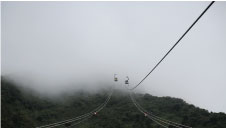 Album: Fansipan Cable Car - A World Record Breaking Project
Album: Fansipan Cable Car - A World Record Breaking Project
-
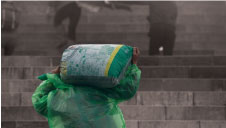 Article: 800 Days of carring stones up a moutain
Article: 800 Days of carring stones up a moutain
-
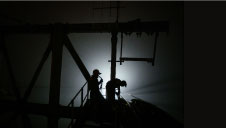 Article: Bringing electricity to ‘the roof of Indochina’
Article: Bringing electricity to ‘the roof of Indochina’
-
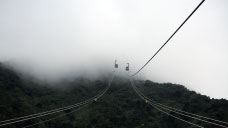 Article: Taking cable-car engineering to new heights
Article: Taking cable-car engineering to new heights
-
 Article: The most perilous moments
Article: The most perilous moments
-
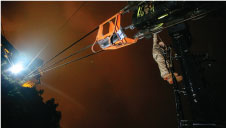 Album: The Tarzans of Hoang Lien Forest
Album: The Tarzans of Hoang Lien Forest
-
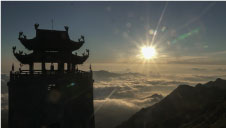 Album: The sky high temples of Fansipan
Album: The sky high temples of Fansipan
-
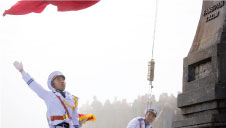 Album: A flag-raising ceremony on Fansipan
Album: A flag-raising ceremony on Fansipan
-
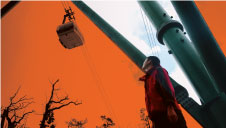 Album: Out in the woods
Album: Out in the woods
 Fansipan Reporting
Fansipan Reporting
